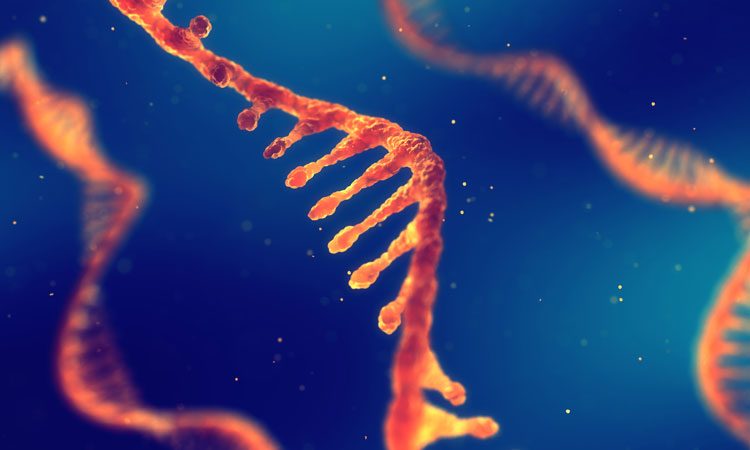RNA editing capabilities expanded with new CRISPR platform
Posted: 12 July 2019 | Drug Target Review | No comments yet
A research team have developed a new CRISPR platform called RESCUE (RNA Editing for Specific C to U Exchange).


McGovern Institute Investigator and Broad Institute of MIT with Harvard core member, Feng Zhang, and his team, have developed a new CRISPR platform called RESCUE (RNA Editing for Specific C to U Exchange). The researchers believe that their novel RNA strategy could inform new strategies needed to treat devastating diseases that affect the brain.
The team used a deactivated Cas13 to guide RESCUE to targeted cytosine bases on RNA transcripts and used a novel, programmable enzyme to convert unwanted cytosine into uridine, which directed a change in the RNA instructions.
“By developing this new enzyme and combining it with the programmability and precision of CRISPR, we were able to fill a critical gap in the toolbox,” said Zhang.
The previously developed REPAIR platform used the RNA-targeting CRISPR/Cas13 to direct the active domain of an RNA editor, ADAR2, to specific RNA transcripts where it could convert the nucleotide base adenine to inosine. Zhang and his colleagues then took the REPAIR fusion and evolved it in the lab until it could change cytosine to uridine or C-to-U.
RESCUE can be guided to any RNA of choice, then perform a C-to-U edit through the evolved ADAR2 component of the platform. The team took the new platform into human cells, showing that they could target natural RNAs in the cell as well as 24 clinically-relevant mutations in synthetic RNAs. They then further optimised RESCUE to reduce off-target editing, while minimally disrupting on-target editing.
Expanded targeting by RESCUE means that sites regulating the activity and function of many proteins through post-translational modifications can now be targeted for editing. It could also be deployed transiently in situations where a modification may be desirable temporarily, but not permanently.
To facilitate additional work that will push RESCUE toward the clinic as well as enable researchers to use it as a tool to better understand disease-causing mutations, the RESCUE system will be shared broadly.
This research was published in the journal Science.
Related topics
CRISPR, Enzymes, Genome Editing, Research & Development, RNAs
Related conditions
brain diseases
Related organisations
McGovern Institute
Related people
Dr Feng Zhang








